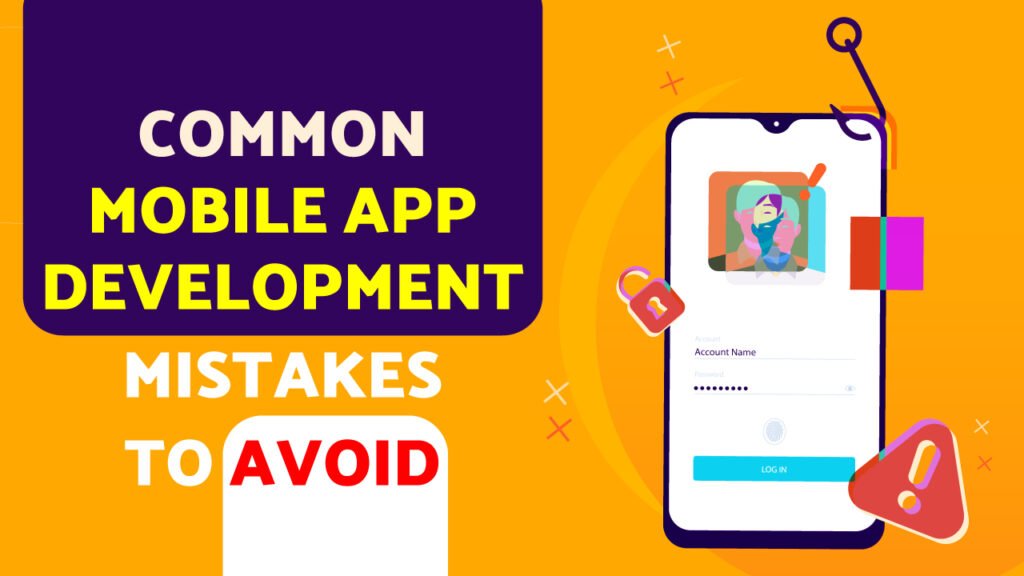Android app development is a complex process that requires careful planning, technical expertise, and a clear understanding of user needs. With more than 2.5 billion active Android users globally, building a successful Android app can be highly rewarding for businesses. However, if you don’t approach the development process properly, costly mistakes can derail your project. Partnering with an experienced Android development company in Dubai is essential to avoid these common pitfalls. This blog will highlight the top mistakes to avoid when developing an Android app and how to ensure a smooth development process.
1. Skipping the Research Phase
One of the biggest mistakes developers make is skipping or rushing through the research phase. Understanding your target audience, market trends, and competition is crucial for building a successful app. Many businesses jump straight into the development process without conducting adequate research, which can lead to poor design choices and irrelevant features.
- How to Avoid: Before starting development, conduct thorough market research to identify user needs, competitor apps, and the latest trends in Android app development. This will help you create an app that stands out in a competitive market.
2. Neglecting User Experience (UX) Design
A major mistake when developing an Android app is neglecting user experience (UX) design. Poor navigation, cluttered interfaces, and confusing layouts can frustrate users, leading to app abandonment. Android users expect smooth and intuitive interactions, so ignoring UX design can drastically impact user retention and app success.
- How to Avoid: Invest in a well-thought-out UX design that prioritizes user journeys and simplicity. Conduct user testing throughout the design process to gather feedback and improve the overall experience.
3. Overloading the App with Features
Many developers believe that more features equal a better app, but this can backfire. Adding too many features to an app can overwhelm users and make the app unnecessarily complex. It can also lead to performance issues, increasing loading times and battery consumption.
- How to Avoid: Focus on the core features that deliver the most value to your users. Begin with a Minimum Viable Product (MVP) and gradually add new features based on user feedback.
4. Not Considering Cross-Device Compatibility
Android runs on a wide range of devices, from budget phones to high-end smartphones and tablets. One common mistake developers make is designing an app that works well on one type of device but performs poorly on others. Failing to consider cross-device compatibility can alienate a large portion of your audience.
- How to Avoid: Ensure your app is compatible with various screen sizes, resolutions, and device types. Conduct testing across multiple devices to ensure the app delivers a consistent experience regardless of the hardware.
5. Ignoring App Performance Optimization
Poor app performance is one of the main reasons users abandon apps. Slow loading times, unresponsive features, and frequent crashes can lead to negative reviews and a high uninstall rate. Some developers neglect performance optimization, focusing solely on design and features.
- How to Avoid: Optimize your app for speed and performance. Regularly test for memory leaks, improve the app’s responsiveness, and reduce loading times by optimizing code and assets. Performance should always be a top priority.
6. Not Following Android Design Guidelines
Android provides specific design guidelines known as “Material Design” to ensure a consistent user experience across apps. Ignoring these guidelines can result in an app that feels disconnected from the platform, confusing users who are accustomed to standard Android UI patterns.
- How to Avoid: Familiarize yourself with Android’s Material Design guidelines and ensure your app adheres to them. This will help maintain consistency and provide users with a familiar interface.
7. Failing to Plan for App Maintenance
Some businesses focus solely on app development without considering long-term maintenance. However, launching an app is only the beginning. Regular updates, bug fixes, and feature enhancements are essential to keeping users engaged and maintaining app performance.
- How to Avoid: Plan for post-launch support and maintenance from the start. Ensure that your app development budget includes provisions for regular updates and ongoing improvements. Choose an Android development company that offers maintenance services as part of their package.
8. Underestimating Security Issues
Security is a critical aspect of Android app development, especially if your app handles sensitive user data such as personal information or payment details. Unfortunately, many developers fail to prioritize app security, leaving their apps vulnerable to attacks, breaches, and data leaks.
- How to Avoid: Implement security best practices such as encryption, secure APIs, and data protection protocols. Regularly test your app for vulnerabilities and update security features to protect against new threats.
9. Inadequate Testing
One of the most common mistakes in Android app development is inadequate testing. Skipping or rushing the testing phase can result in bugs, crashes, and other issues going unnoticed. Releasing an app without thorough testing can damage your brand’s reputation and lead to negative reviews.
- How to Avoid: Conduct extensive testing at every stage of development. Test for functionality, performance, security, and user experience. Use both manual and automated testing to catch as many issues as possible before launch.
10. Not Considering App Store Optimization (ASO)
Even if you develop a flawless Android app, it won’t gain visibility unless you optimize it for the Google Play Store. Many developers neglect App Store Optimization (ASO), which involves optimizing your app’s title, description, keywords, and visuals to improve its ranking in app store searches.
- How to Avoid: Research relevant keywords and include them in your app’s title and description. Use high-quality screenshots, an engaging app icon, and a promotional video to attract users. The better your ASO, the higher your app will rank in search results.
Conclusion
Developing an Android app can be a rewarding endeavor for businesses, but avoiding common mistakes is key to success. From thorough research to UX design and performance optimization, each phase of development requires careful consideration. Partnering with a professional Android development company in Dubai can help ensure your app is developed efficiently and avoids the pitfalls discussed above. By focusing on user needs, optimizing performance, and planning for long-term maintenance, you can create an Android app that stands out in the competitive market.


